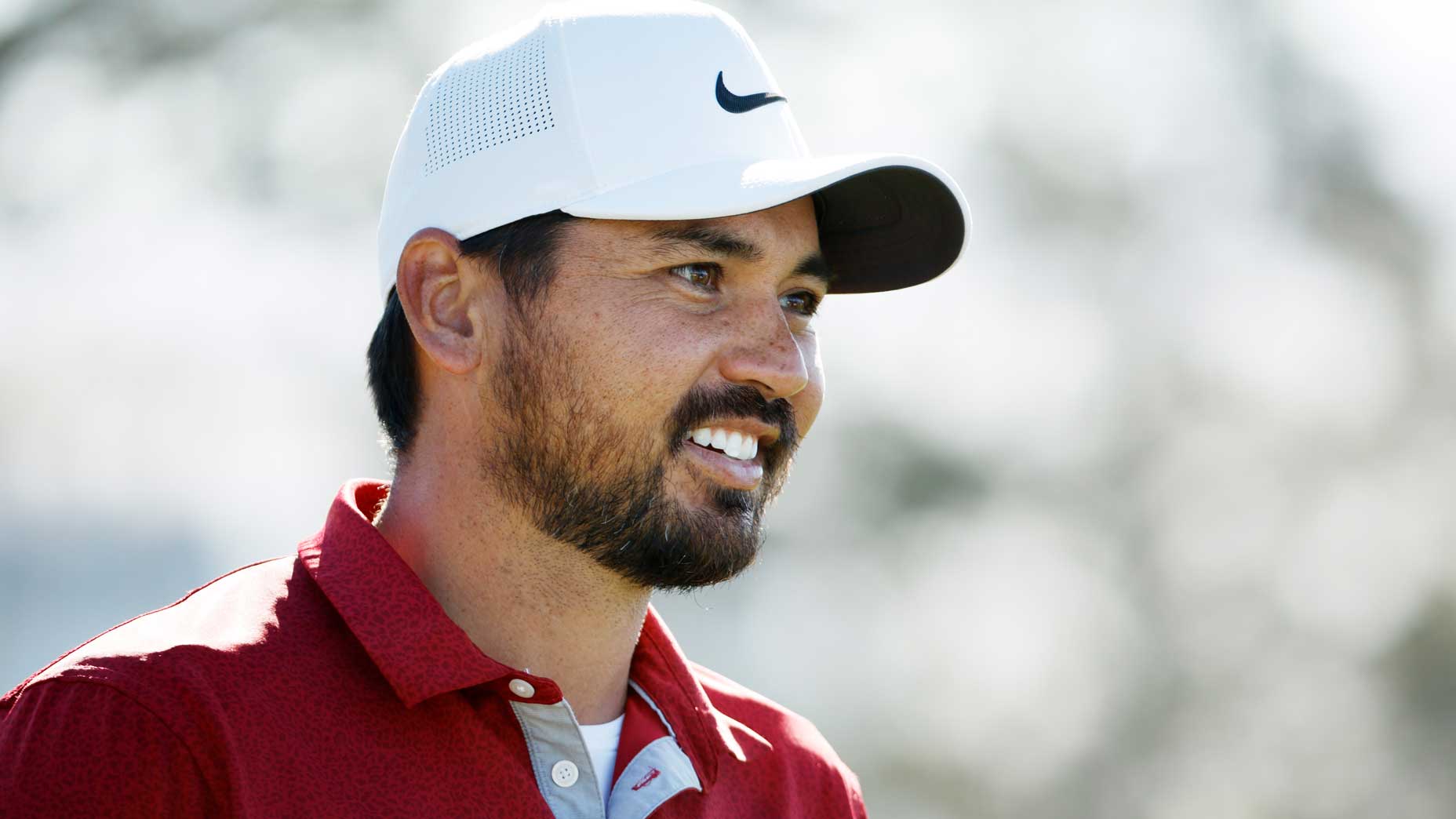
Schauffele doesn’t play favorites when testing new equipment.
Getty Images
If you want to do it right, tracking down the best driver for your game should be a process. When it comes to tour pros, it’s not uncommon for them to spend countless hours on the range executing different go-to shots and making subtle tweaks to the setup before a potential new addition ever makes its way to the course. From there, it’s extra range sessions and practice rounds to understand the club’s strengths and shortcomings.
To reiterate, it’s a process.
If only the average mid-handicapper had that much time to dedicate to finding a reliable driver. For the most part, the average club fitting consists of hitting a myriad of different head and shaft combinations and narrowing it down to something that checks most, if not all, of the boxes on a golfer’s want list.
A good fitter should be able to narrow down the field of options in short order — assuming the golfer he’s working with does one thing that pros do better than most during testing.
“Just go in with an open mind and trust the process,” said Fully Equipped co-host and True Spec vice president of tour and education, Kris McCormack. “If you take two or three swings with a club and it’s just not working, trust the fact that it’s not necessarily the swing. That product might not respond to the angles you create, your strike location, and if your fitting professional is saying that’s not it, don’t waste the unnecessary time and attempt another swing or two.”
Leaving biases at the door can be difficult for the average golfer, but it’s silly to force yourself to like a driver simply because it’s the same brand you’ve played for a decade. Who knows, maybe the manufacturer altered the lie angle or added a piece of tech that simply isn’t built for your game.
Don’t play favorites
Last month at the Sentry Tournament of Champions, Xander Schauffele revealed he can generally tell within a few balls if a driver fits his game.
“All the guys at Callaway know I’ll hit one drive and if I hit it kind of squirrely, they take it out of my hands because I won’t even go beyond one or two shots with it because they know I’ll start compensating,” Schauffele said.
It might sound preposterous that a golfer could get an accurate picture of a driver within two swings, but Xander’s comments highlight the importance of not forcing the issue and making unwanted, long-term compensations that could ultimately hurt your game in the long run.
“You’re painting yourself into a corner where you start to make compensations just to try and make something work,” McCormack said. “Having worked with a lot of tour professionals, including a recent major winner, if it’s not working within two or three swings, they have no problem bailing out of it immediately and never hitting it again without hitting another ball.”
There’s nothing wrong with trusting your gut (and fitter) during product testing. If a club doesn’t feel right, hand it back to the fitter and try something else. Don’t feel the need to hit a few more balls and make it work simply because it’s a driver you see every week when you flip on the television.
Tour pros don’t play favorites, and neither should you.
Want to overhaul your bag for 2022? Find a fitting location near you at GOLF’s affiliate company True Spec Golf.










